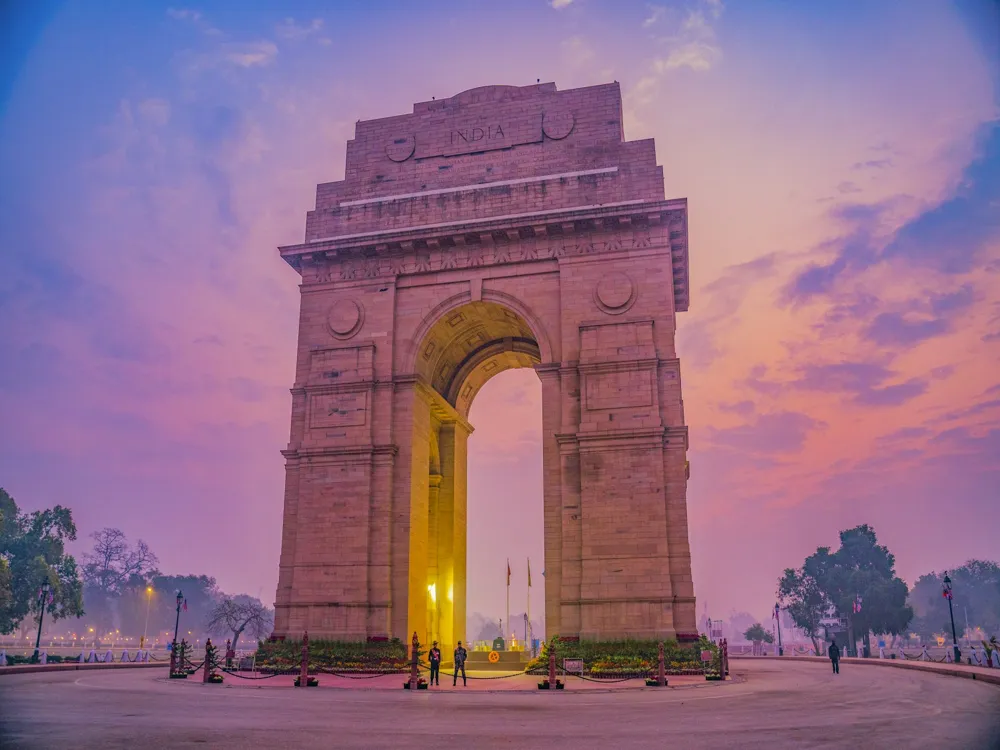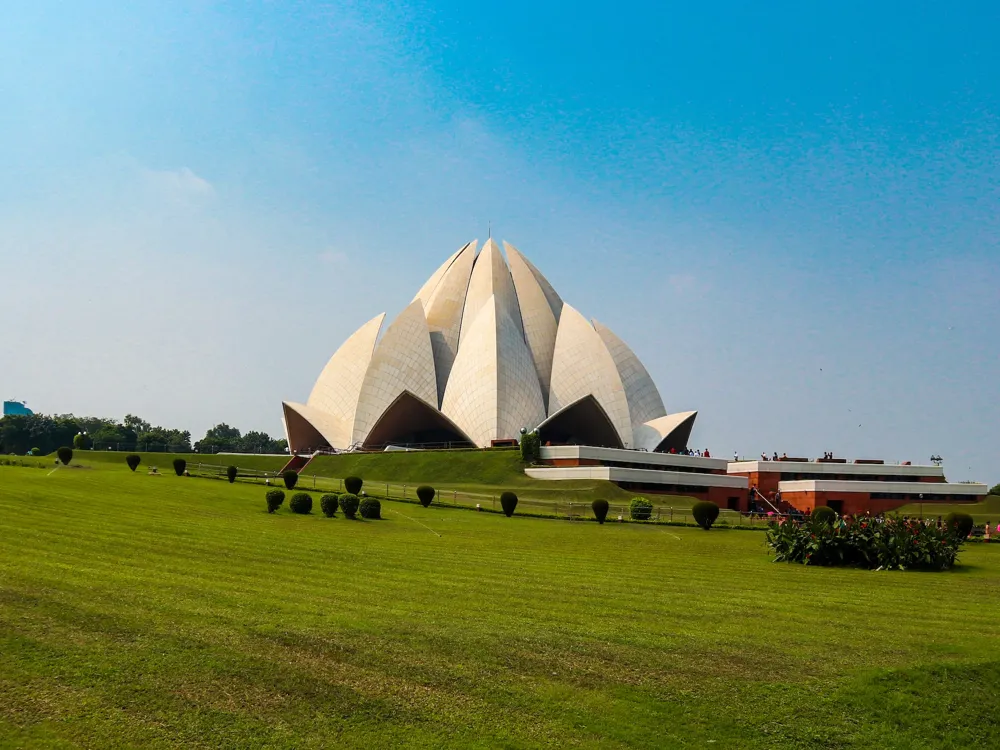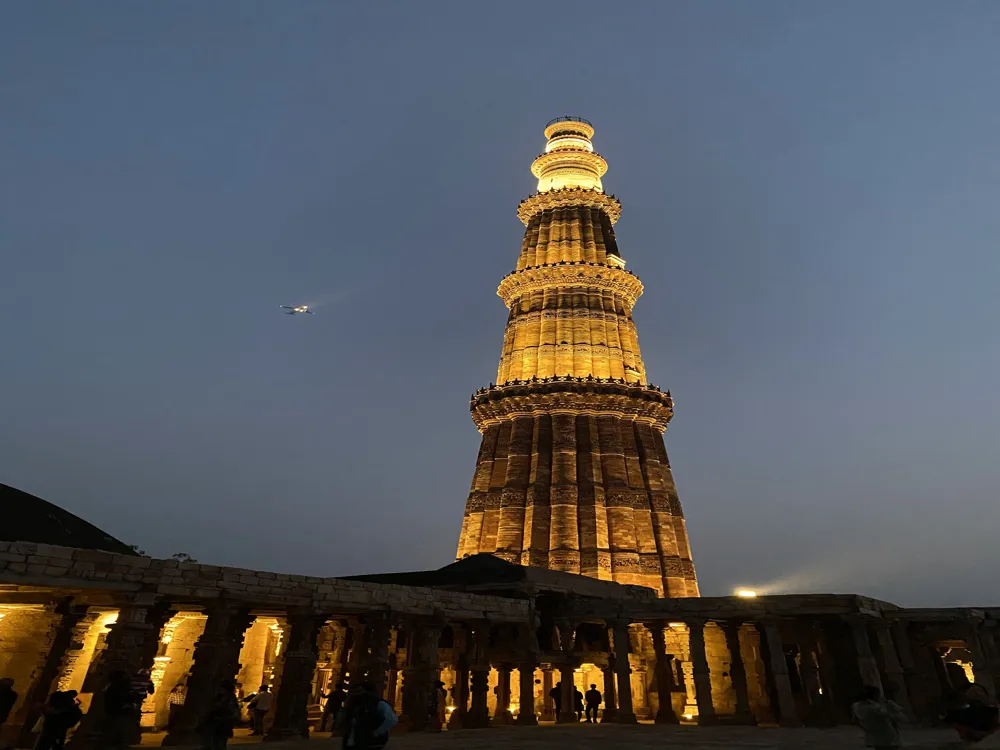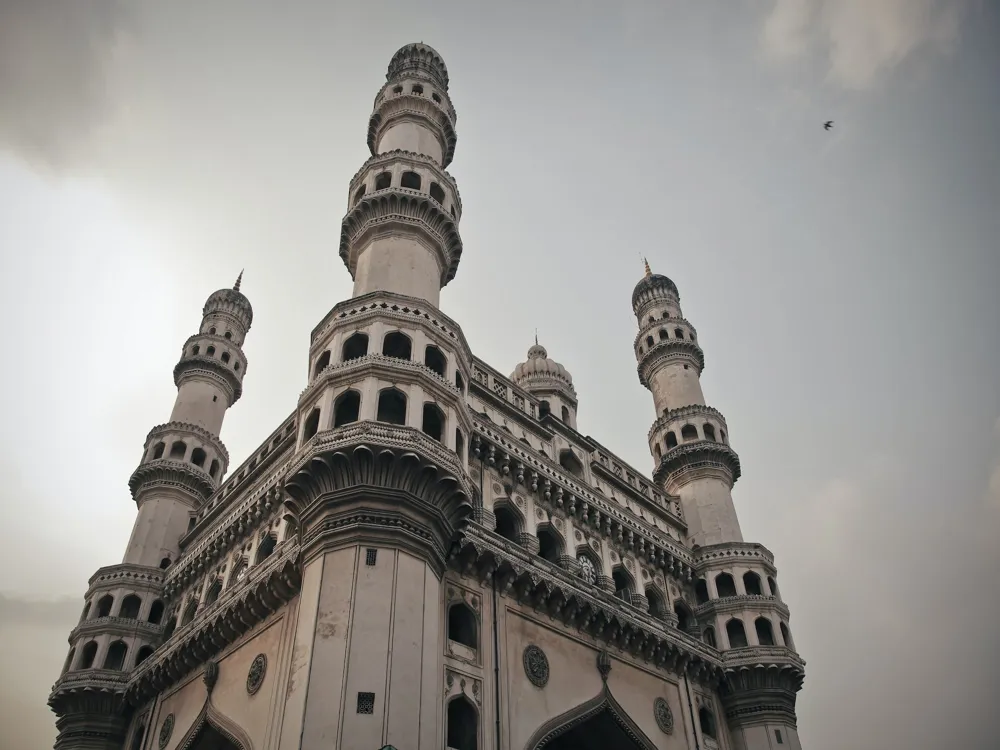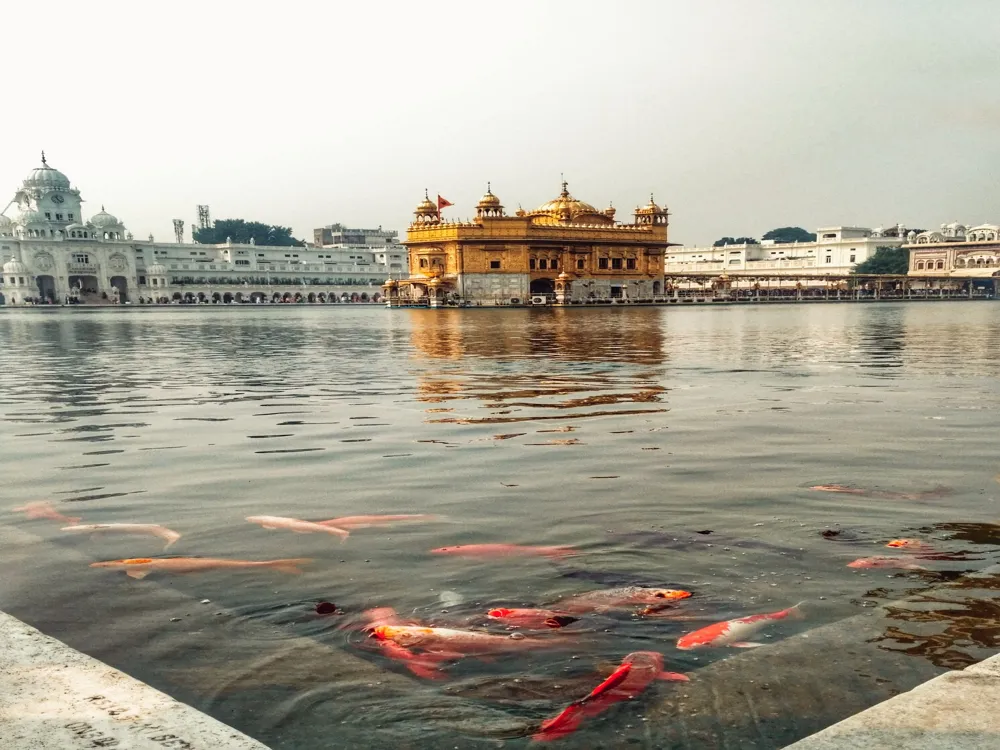Plan Your Travel To Delhi
Places To Visit In Delhi
Rashtrapati Bhavan Museum

Rashtrapati Bhavan Museum is one of the most sought after and one of the most awed museums in all of Delhi, Located inside the premises of Rashtrapati Bhavan, the museum was inaugurated in 2014 by the then President of India Pranab Mukherjee. The depository showcases invaluable artefacts and exquisite products for the lovers of art, culture and history. The complex is situated alongside Circuit 2 within the compound and has been further segregated into three sections- The Clock Tower, The Stables and The Garage. The Garage is the most recent addition to the complex inaugurated in 2016.
Built for a whopping cost of over 80 crores in two years, the underground museum boasts of housing the indispensable gifts given to our country from all across the world, since the time of our first President- Dr. Rajendra Prasad. The galleries have been facilitated with virtual reality equipments and multi-screen projects to provide a live element to the story-telling feature. Besides the generic facets of displaying articles, artefacts and products, the museum has an art gallery which hosts exhibitions frequently; it also has a platform displaying speeches from the former presidents of India through a privilite projection. All in all, the museum is a wonderful initiative and a must visit.
Read More
Rashtrapati Bhavan

Located on the western end of the Rajpath in New Delhi, the Rashtrapati Bhavan is the official residence of the President of India. It was originally built with the intent of serving as the Viceroy's House. With its 340 rooms in the main building covering 5 acres on an estate of 330 acres, it is one of the largest residences of any head of the state in the world. This majestic piece of architecture was conceptualized by renowned architects Sir Edwin Lutyens and Herbert Baker. The construction saw completion in the year 1929 and now stands today as a magnificent symbol of all that India is. Its current inhabitant is President Ram Nath Kovind who assumed office in July 2017.
The premises of the Rashtrapati Bhavan has been divided into three circuits and can be accessed by an authorised visitor at specific times slots over the day. The first one is the Main Building and Central Lawn, where you can spectate the architecture firsthand. The second circuit is the Rashtrapati Bhawan Museum complex, which has a number of buildings within its own perimeter. The third circuit comprises of the marvellous Mughal Gardens which is a paradise of elegant gardens and lush greenery. Visit the Rashtrapati Bhavan for a marvellous acquaintance with all that is splendid and awe-inspiring.
Read More
Red Fort
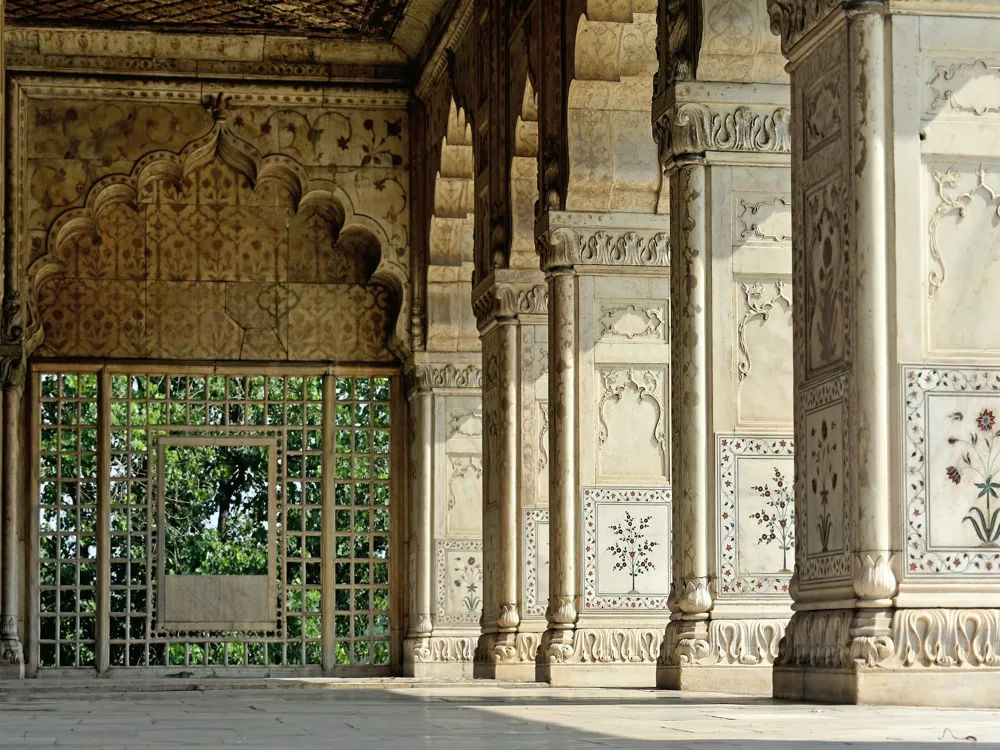
The Red Fort is a historical fortification in the old Delhi area. Shah Jahan constructed it in the year 1639 as a result of a capital shift from Agra to Delhi. Used as the main residence of the emperors of the Mughal dynasty, this imposing piece of architecture derives its name from its impregnable red sandstone walls. In addition to accommodating the emperors and their households, it was the ceremonial and political centre of the Mughal state and the setting for events critically impacting the region. Today, this monument is home to several museums that have an assortment of precious artefacts on display. Every year, the Indian Prime Minister unfurls the national flag here on the Independence Day.
Formerly known as Quila-e-Mubarak or the Blessed Fort, the Red Fort lies along the banks of the river Yamuna, whose waters fed the moats surrounding the fort. It was a part of the medieval city of Shahjahanabad, popularly known today as 'Old Delhi'. The entire fort complex is said to represent the architectural creativity and brilliance of Mughal architecture. With so much history and heritage associated with it, the Red Fort is one of the most popular monuments in India and a major tourist attraction in Delhi. It became a UNESCO world heritage site in 2007. The Archaeological Survey of India is at present responsible for the security and preservation of this magnificent monument.
Read More
Roshanara Bagh
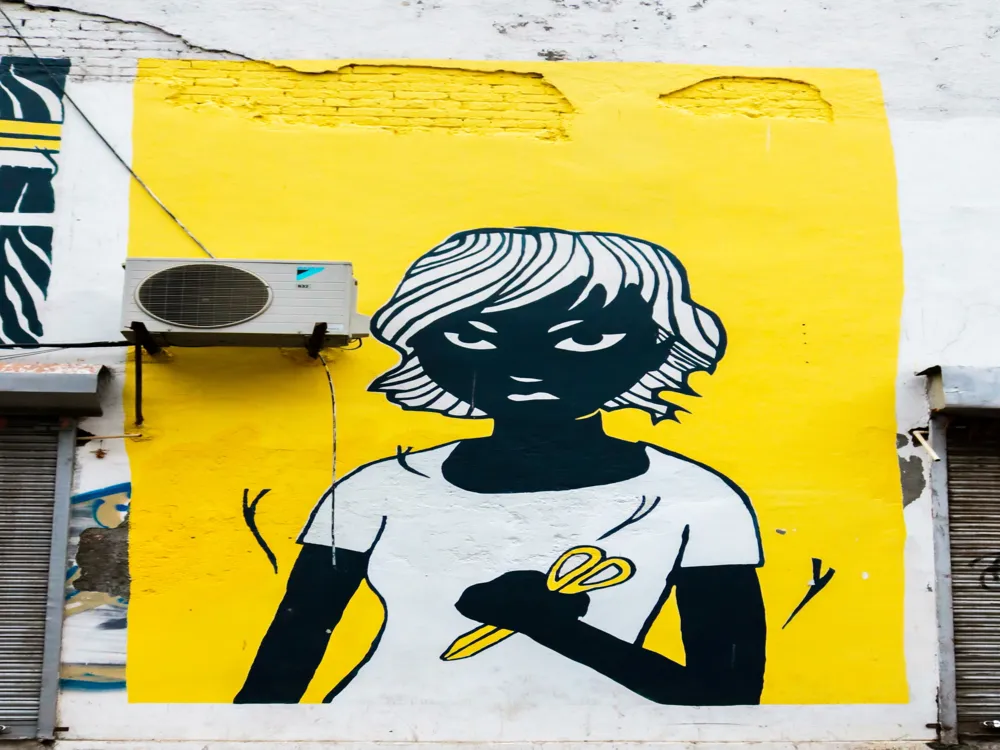
Built by Roshanara Begum, Shah Jahan's second daughter, the verdant green Roshanara Bagh is situated in the Kamla Nagar area of North Campus in New Delhi. Replete with numerous varieties of trees, plants and medicinal herbs (some of which have been imported from Japan), the park also has a lake which hosts migratory birds in winters.
Safdarjung Tomb
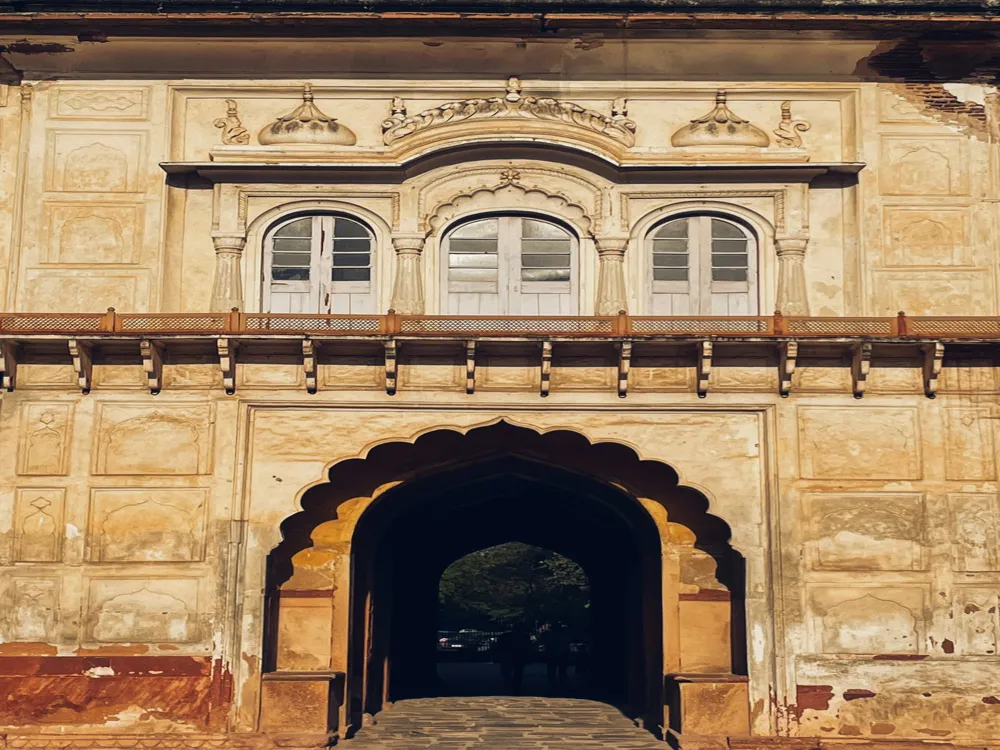
Amongst the sundry places in Delhi that attract attention with their history or quaintness, is the twee tomb of Safdarjung. The elegant mausoleum built of marble and sandstone stands untouched in the test of time and boasts of 18th-century Mughal architectural style. Built in 1754, during the reign of Mughal Emperor- Ahmad Shah Bahadur, the namesake tomb is dedicated to the Prime Minister of the court- Safdarjung. Located in the heart of the city, at the junction of Safdarjung Road and Aurobindo Marg, the monument is a low-key tourist attraction of the city. Also known as ‘Safdarjung ka Maqbara’, the mausoleum boasts of a tranquil ambience and a majestic presence owing to its enormous dome, elaborate arches and intricate architecture.
The mausoleum built by Safdarjung’s son Shuja - ud - Daula, is one the very last specimen of Mughal architecture and signifies the downfall of the dynasty as a whole. Safdarjung’s Tomb, however, efficiently captures the legacy and the cultural aspects of the Mughal marvels. The garden tomb is built in a fashion similar to that Humayun ka Maqbara, and also houses several pavilions, a madrasa and a library at the entrance (managed by the Archaeological Survey of India).
Read More
Salam Balak Trust Walk
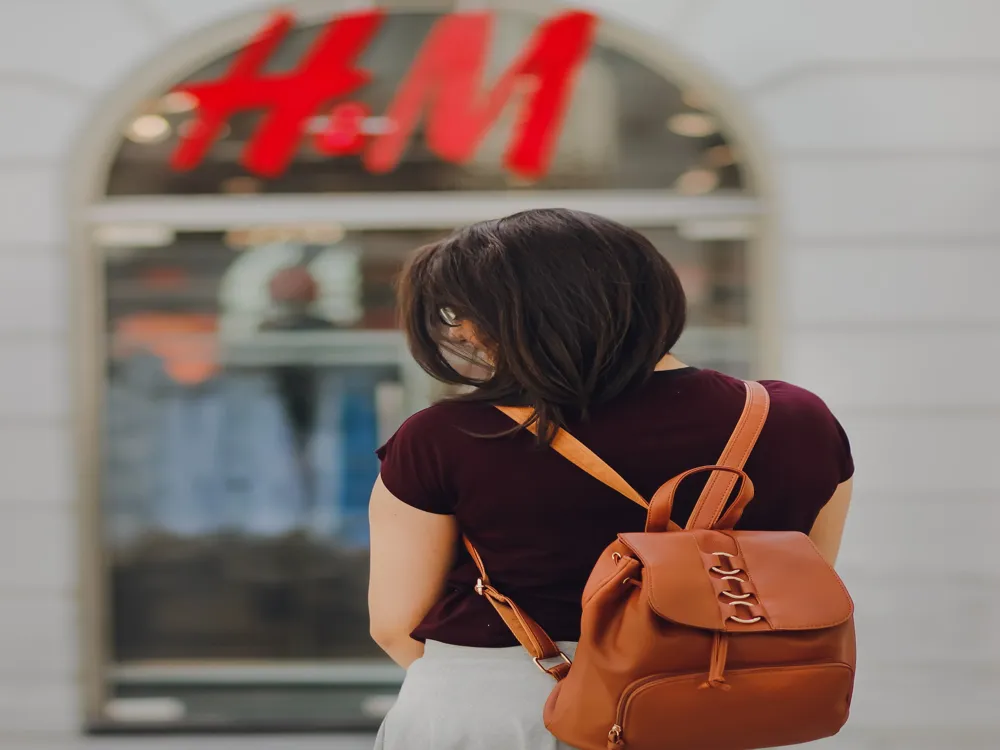
The Salam Balak Trust has a guided tour of the city of almost 2 hours, conducted by children who used to live on the streets of Delhi. They are children who want to improve their English and communication skills apart from their lives. Since it is run by the adolescents, children will have an informative and fun time, being told things about the city from people their own age.
Sanjay Van
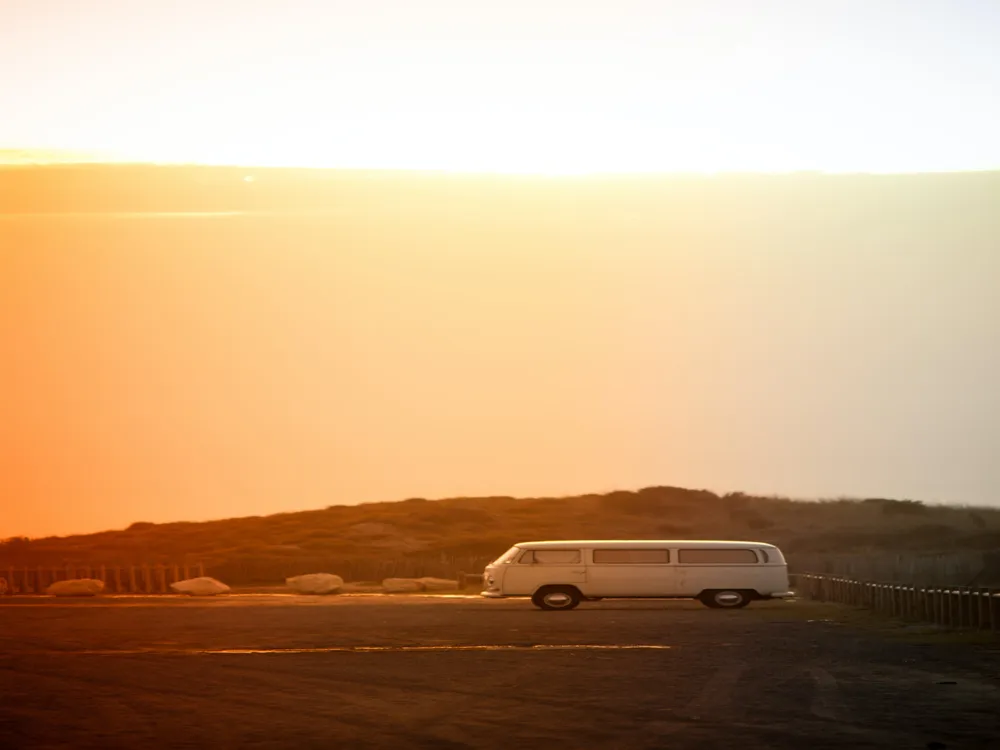
Sprawling over a large forest area near Vasant Kunj in South Delhi, Sanjay Van is a thickly wooded area that serves as the city’s green lungs. Stretching over 3 sq. km of area, the forest is home to several avifauna species and diverse varieties of trees. Because of the same, Sanjay Van is frequented by a lot of birdwatchers and also cyclists who come here to ride in and breathe fresh air in the morning.
Sanjay Van is a pleasant escape into nature from the chaos and din of the city. Considered to be a favourite of the naturalists, the forest is home to a rich wildlife. Aside from birds that include Eurasian golden oriole, purple sunbird, Asian koel, Brahminy starling, Indian silverbill, white-throated kingfisher, grey-breasted prinia, crested honey buzzard, rufous treepie, and Indian paradise flycatcher etc., the forest also conserves habitat for jackals, snakes, nilgais and several species of butterflies etc.
Read More
Sanskriti Museums
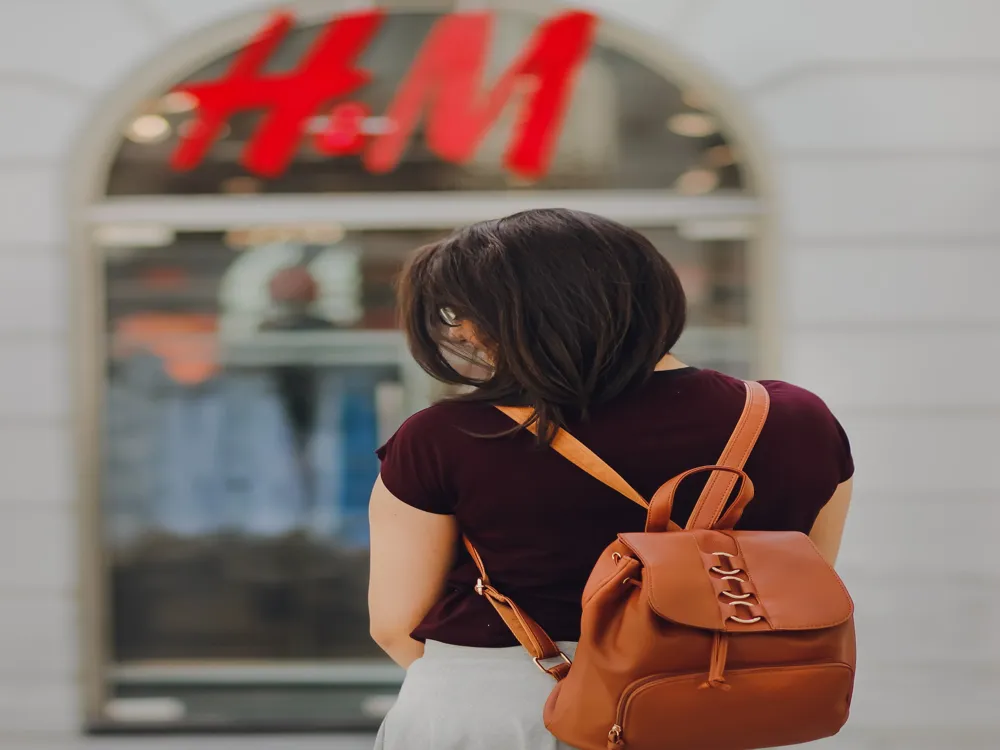
Located at Anandagram, within the Sankriti Kala Kendra Complex in Mehrauli area of South Delhi, Sanskriti Museums had been established in 1990 by O.P. Jain. With an objective to preserve indigenous heritage and culture by curating, promoting and documenting everyday objects of art and craft, the museums are a perfect blend of tradition and modernity. The complex has three museums- Museum of Everyday Art, Museum of Indian Terracotta and Museum of Indian Textiles, all of which are a treasure trove of stunning displays of everyday objects, handcrafted products and terracotta sculptures and figurines.
Housed in a beautiful farmhouse, the complex also has functional workshops, live art studio and the residence of the artisans. The place is perfect getaway from the chaos and din of the city and offers an experience like no place else with its enchanting displays, idyllic setting and vibrant crafts works. A huge banyan tree accentuated the beauty and a tiny refreshment stall is perfect to satiate your thirst or snack cravings. The museums are headed to work and make this place one of the largest research and resource centre on the art and craft traditions of India.
Read More
Sarojini Market
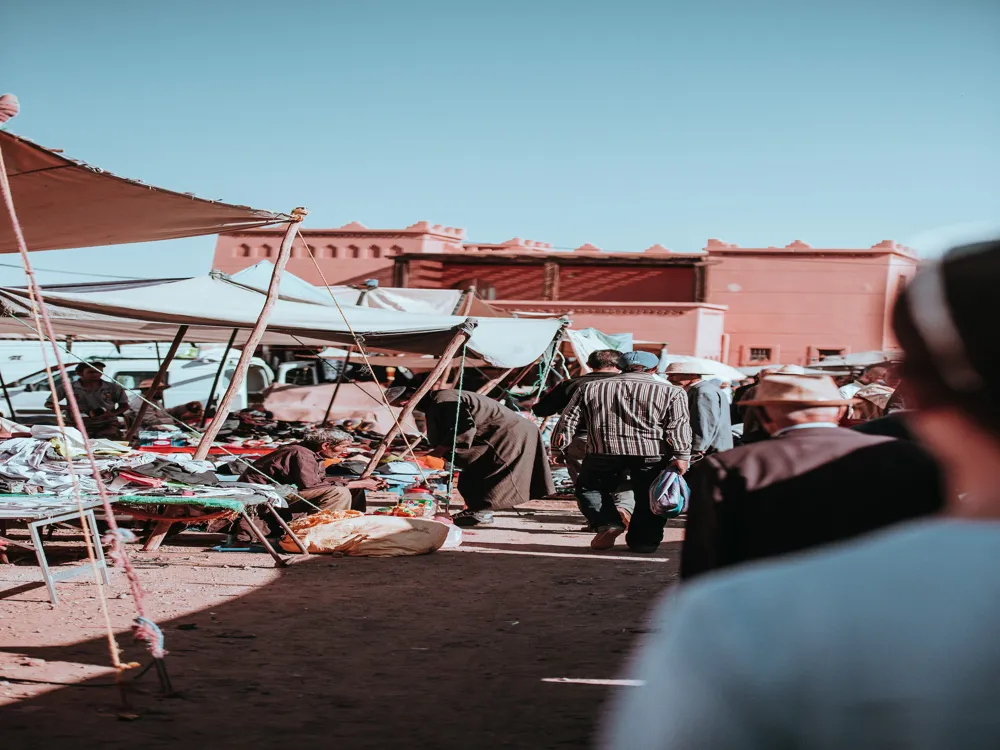
Vibrantly coloured clothes strewn all over, tiny food stalls crammed in every nook, a loud cacophony of the salesboys - welcome to Sarojini Nagar, the most hep and trendy market of Delhi. Popularly known as bargain bazaar and every girl’s shopping paradise, this flea market has more to offer to women in comparison to men, in terms of clothing, footwear, kitchen utensils, accessories and cosmetics. Located in South Delhi, the bazaar is named after the famed freedom fighter Sarojini Naidu. Also called as SN, it has some big brand showrooms to its possessions, but the essential crux of the market is the street shops and stray stalls littered with fabrics, denim, designer tops etc. With a wide range of high- street merchandise available at killer prices, Sarojini Nagar never disappoints anybody from designers to divas to professional or the college crowd.
The frenetic flea market boasts of some famous national and international brands; goods that have been cast aside due to surplus quantity or minor manufacturing defects are sold at throwaway prices. Therefore, at all times, you can find women scrutinizing the garments here for any defective items. Supposedly, ninety per cent of the shops here are family owned and are run by the same family for years together. Enclosed by poised localities like Safdarjung Enclave, South Extension, Nauroji Nagar and Netaji Nagar, Sarojini Nagar is set in the vicinity of Chanakyapuri, which is one of the most beautiful localities of Delhi itself.
Read More
Satpula
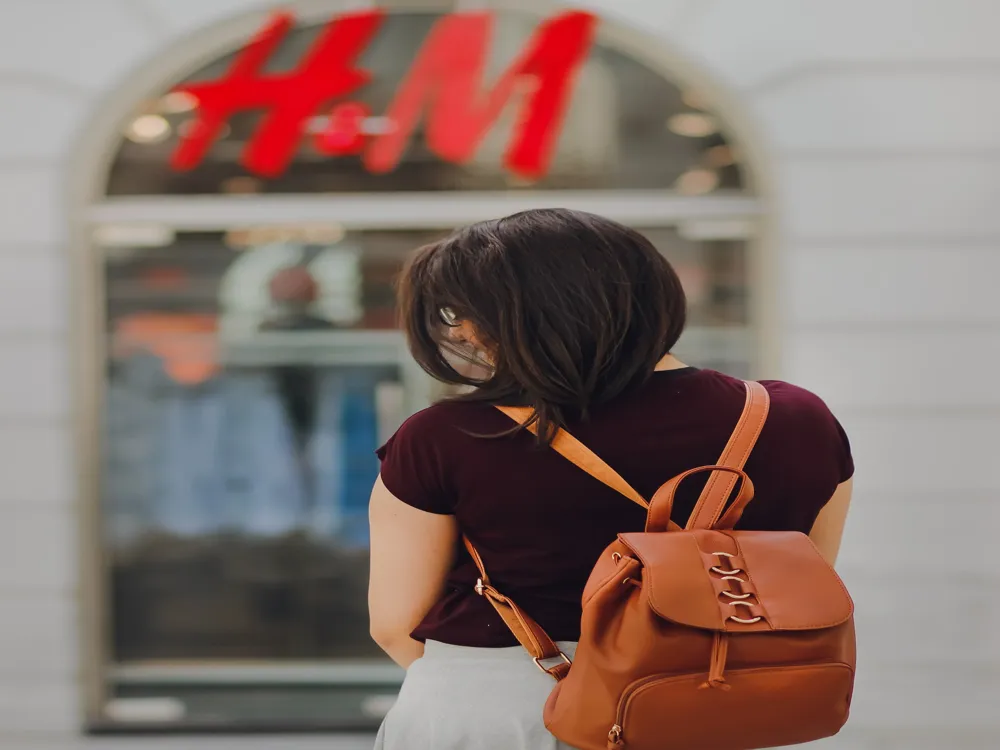
Satpula or the ‘seven arched bridge’ is actually a dam that is situated at a distance of less than a km from the Khidki Masjid in Delhi. The water of the Yamuna river was tapped to provide irrigation and drinking water for the city folks. Surrounded by lush greenery and boasting of utter peace and quiet, Satpula is a popular getaway from the chaos and din of the city to spend some quality time alone or in company.
Built in stone masonry, the bridge has a gate system with eleven bays each with arched openings. Although the water has all dried up now, the area has been restored by the Archaeological Survey of India and has become a popular tourist spot.
Read More
Delhi Travel Packages
View All Travel Packages Delhi
Nearby Places Delhi
Browse Package Collections
Browse Hotel Collections











